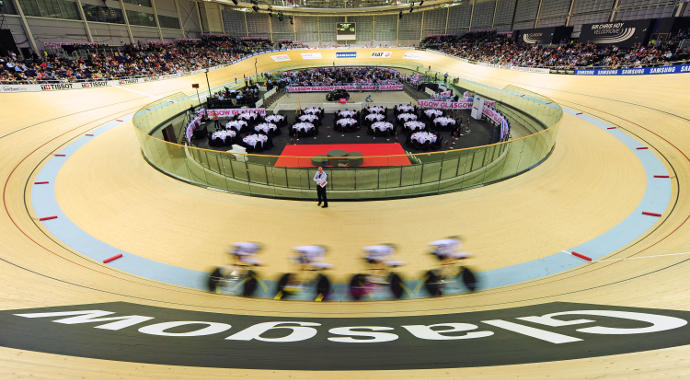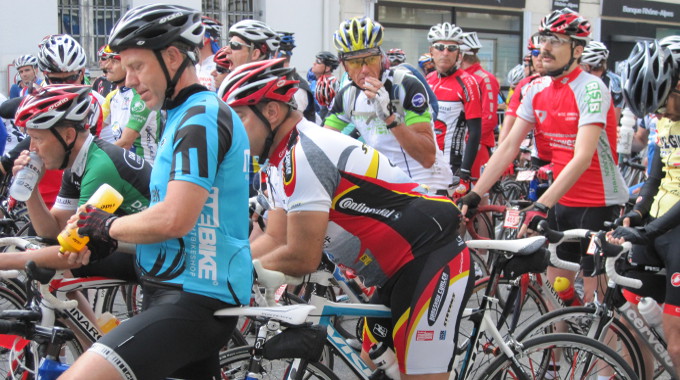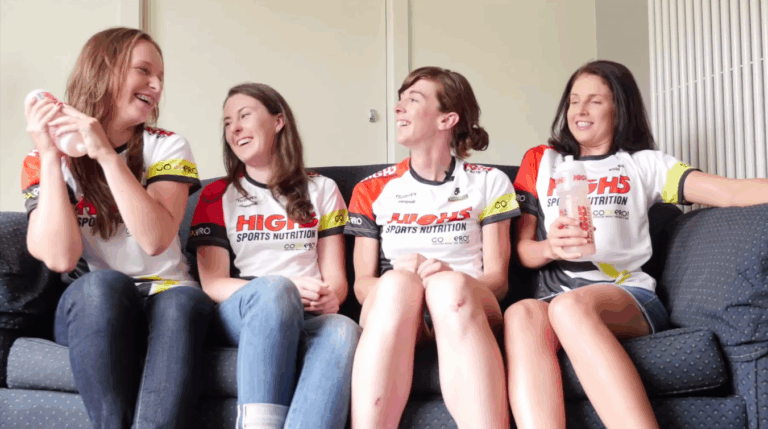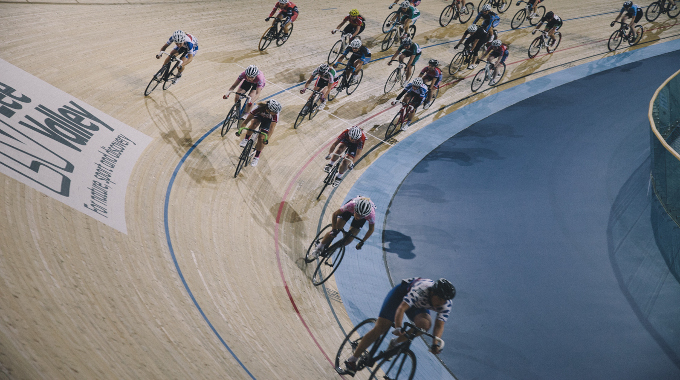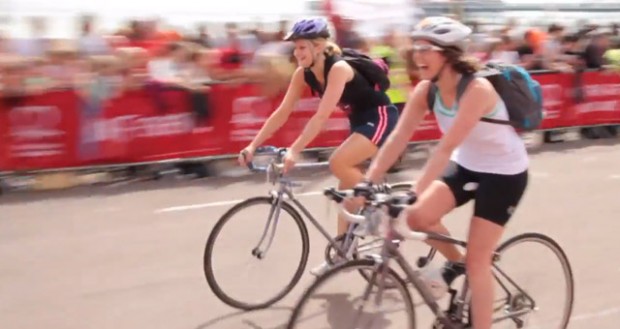
Charity bike rides are a great idea for those of you looking to raise some money for a good cause while also making that leap from bumbling amateur to budding talent. They give you a concrete goal to train for, offer an opportunity to meet new people and make cycling friends, and a sense of deep accomplishment at the end!
Here, we try and answer some of the questions you may have before setting out for your first charity bike ride.
How fit do I need to be?
There’s no need to train like a pro, otherwise no one would ever do a charity ride. But you will need to ensure you have a decent level of fitness in order to complete your ride without killing yourself.
Also consider your fitness in respect to the event you’ve chosen. London to Brighton won’t be too taxing, and you could probably get away with a couple of practice rides and maybe even a cheeky pint half way down. Lands End to John O’Groats however…
These events are also meant to be as challenging as you want them to be: set yourself a goal beyond completing the ride (i.e, doing it within a certain amount of time), to up the stakes slightly.
How do I train?
Ideally, slowly. Allow two to three months of training to get yourself up to a suitable fitness. Become used to riding your bike by commuting and going on weekend jaunts. Then, step up a gear to around five or ten miles twice a week, then 20 miles on a Saturday for a proper leg-stretch. From there, increase your effort until you’re in the region of your charity ride distance.
Beginner’s Training Plan: From 0 to 30 Miles in 14 Weeks
What do I eat?
Ideally, slow-burning carbohydrate-based meals that provide constant energy. Porridge and pasta are on the menu, along with some of our delicious recipes from the TWC Nutrition section. Also remember to eat foods that you are used to and that aren’t going to throw up any unexpected gastrointestinal issues. The last thing you want is to be feeling sick in a field.
What kit do I need?
What you think you need, halved. Pack light for optimum comfort. Also, remember to wear-in your kit! You don’t want to start riding to discover that actually, your new Rapha tights are massive on you and you’re giving everyone a peek at your behind.
You’re also going to need some panniers, along with all the usual fare, in order to get you through your ride comfortably. Let the bike do the carrying so you don’t end up with a sore and sweaty back!
Also remember to check over your bike (you can use this pre-ride checks piece) to ensure it won’t fail you for a silly reason.
For a full list of the kit you’ll need, try our RideLondon Checklist.
Should I have team?
If you’re talking about your mum in a car behind, that’s totally your call. For large-scale rides, her micra might not be welcome on the roads. But if there’s not too many of you and there hasn’t been any national road-closures, knowing that help isn’t far behind can have a great impact psychologically, even if you don’t get into any difficulty during the ride. But you probably will get into difficulty at some point.
The main point of reasoning for this decision? If you’re confident at repairs and you are gagging to be proud of yourself for being a self-sufficient lone wolf, then go for it. First timers may feel more confident minus a pannier and plus a parent.
And of course, if you are cycling a route you’ve designed yourself and it’s not part of an organised ride, be incredibly careful and plan well! Remember that small country roads will require more navigation, and if you’re riding over multiple days to try and book accommodation ahead of time.
Who do I give the money I raise to?
That’s entirely your preference. There are lots of charity rides that have pre-organised recipients, like the British Heart Foundation who run multiple events each year around the country.
And if you’re still stuck for someone to support, how about World Bicycle Relief?

